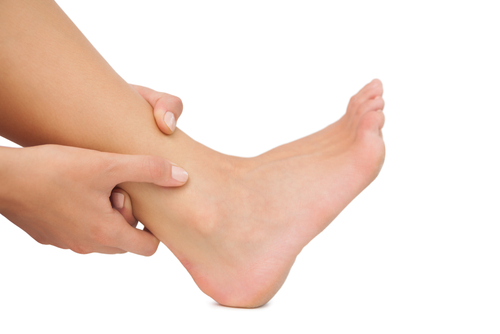Arthritis is a general term for a group of more than 100 diseases. The word “arthritis” means “joint inflammation.” Arthritis involves inflammation and swelling in and around the body’s joints and surrounding soft tissue. The inflammation can cause pain and stiffness.
In many kinds of arthritis, progressive joint deterioration occurs and the smooth “cushioning” cartilage in joints is gradually lost. As a result, the bones rub and wear against each other. Soft tissues in the joints also may begin to wear down. Arthritis can be painful and eventually result in limited motion, loss of joint function, and deformities in the joints affected.
Osteoarthritis, or “wear-and-tear” arthritis, is the most common type of arthritis. Also known as degenerative joint disease or age-related arthritis, osteoarthritis is more likely to develop as people age. Inflammation and injury to the joint cause a breaking down of cartilage tissues, resulting in pain, swelling, and deformity. The changes in osteoarthritis usually occur slowly over many years.
How does osteoarthritis affect the foot and ankle?
Each foot has 28 bones and more than 30 joints. The following are the most common foot joints affected by osteoarthritis:
- The joint where the ankle and shinbone meet
- The three joints of the foot that involve the heel bone, the inner mid-foot bone and the outer mid-foot bone
- The joint of the big toe and foot bone


